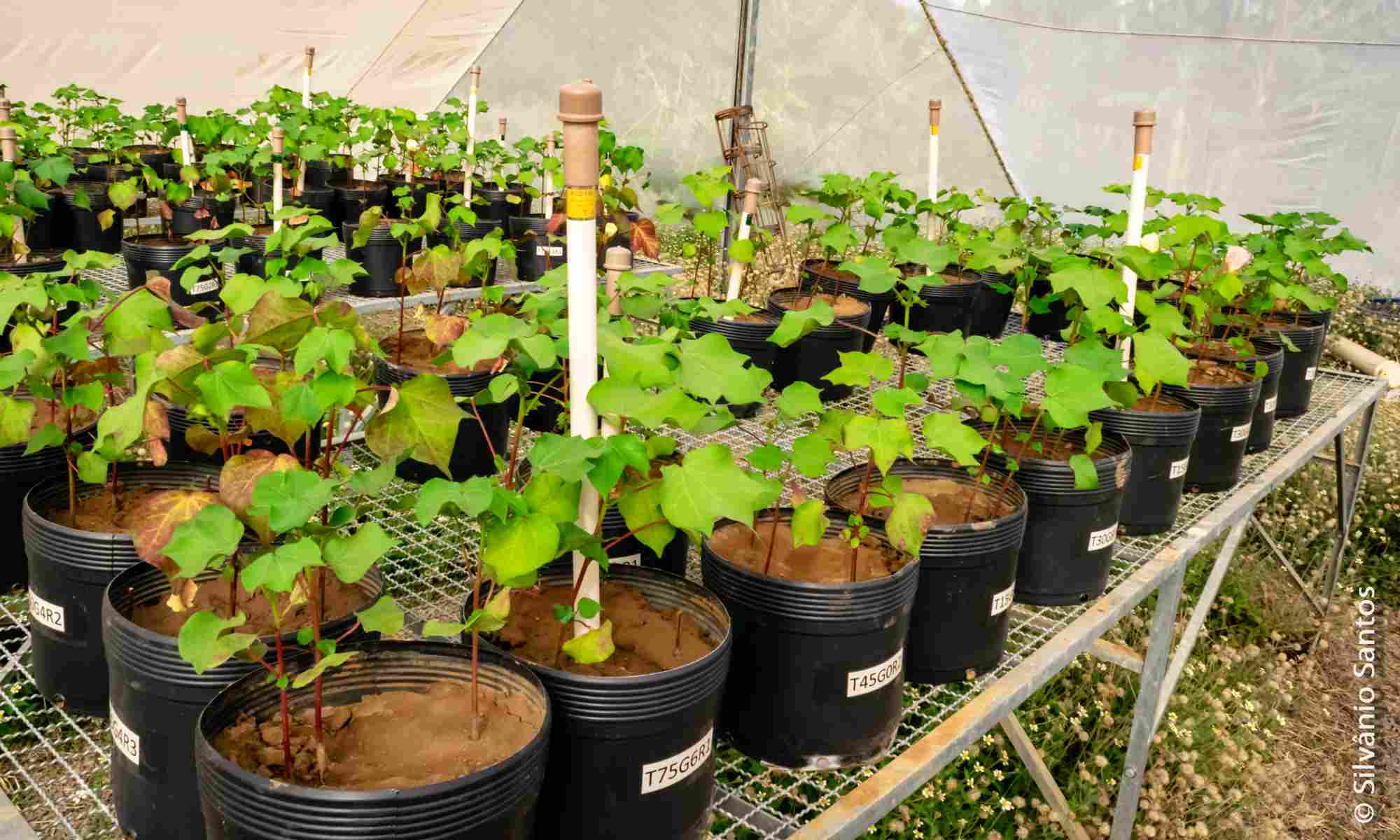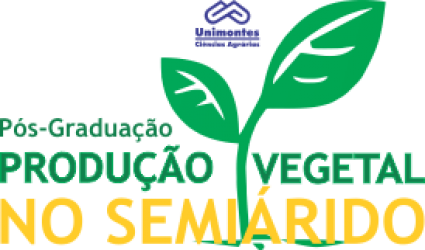- Version
- Download 9
- File Size 1.44 MB
- Create Date 11/06/2021
- Download
SOUZA, Andrey Antunes de. Seleção fenotípica de híbridos de sorgo granífero submetidos à restrição hídrica em pré e pós-florescimento. 2017. 78 p. Dissertação (Mestrado em Produção Vegetal no Semiárido) – Universidade Estadual de Montes Claros, Janaúba, 2017.
O objetivo deste estudo foi avaliar os efeitos da restrição hídrica em pré e pós-florescimento em híbridos de sorgo granífero cultivados na região semiárida. Foram conduzidos dois experimentos de campo, em Nova Porteirinha-MG e Teresina-PI. Em ambos os locais foram avaliados 25 híbridos de sorgo granífero, em blocos casualizados, com três repetições. Em Nova Porteirinha, os híbridos foram plantados em ambientes sem restrição hídrica, com restrição hídrica em pré-florescimento e com restrição hídrica em pós-florescimento. Em Teresina, os híbridos foram avaliados em ambientes sem restrição hídrica e com restrição hídrica em pós-florescimento. Foram avaliados o número de dias para o florescimento, a altura de plantas, a massa de 1.000 grãos e a produtividade de grãos, nos dois locais de avaliação. O índice de trilha e ângulo de raízes foram avaliados apenas no ensaio de Nova Porteirinha-MG. A restrição hídrica pouco influenciou o florescimento dos híbridos, mas reduziu a altura de plantas, a massa de 1000 grãos e a produtividade de grãos. A restrição hídrica reduziu a produtividade em mais de 40%; no entanto, foi possível encontrar híbridos com ótimo desempenho nestas condições. Os híbridos mais estáveis e promissores foram 1168093, 1167092 e 1236020. A restrição hídrica em pré-florescimento prejudicou a altura de plantas, acelerou o florescimento e reduziu em 45% a produtividade dos híbridos. A massa de 1000 grãos não foi influenciada pela restrição em pré-florescimento, indicando que a redução da produtividade de grãos deveu-se à redução no número de grãos. A restrição em pós-florescimento influenciou principalmente o índice de trilha e a massa de 1000 grãos, refletindo numa redução de 48% na produtividade de grãos.
Palavras-chave: Sorghum bicolor; tolerância à seca; déficit hídrico; shovelomics.
Phenotypic Selection of sorghum hybrids under water restriction in pre and post-flowering
This study aimed to evaluate the effects of water restriction in pre- and post- flowering of grain sorghum hybrids cultivated in semi-arid region. Two field experiments were conducted in Nova Porteirinha-MG and Teresina-PI. In both places, 25 hybrids of grains sorghum were evaluated, in randomized blocks, with three replicates. In Nova Porteirinha, the hybrids were cultivated in environments without water restriction, with water restriction in pre-flowering and with water restriction in post-flowering. In Teresina, the hybrids were evaluated in environments without water restriction and with water restriction in post-flowering. The number of days for flowering, plant height, 1,000 grain mass and grain yield were evaluated at two evaluation places. The machine efficiency and root angle were evaluated only in Nova Porteirinha-MG. Water stress influenced the flowering of hybrids just a little, but reduced plant height, 1,000 grain mass, and grain yield. The water restriction reduced productivity by more than 40%, but it was possible to find hybrids with optimal performance under these conditions. The most stable and promising hybrids were 1168093, 1167092 and 1236020. Water stress in pre-flowering impaired plant height, accelerated flowering, and reduced hybrids productivity by 45%. The 1,000 grains mass was not influenced by the stress in pre-flowering, indicating that the reduction of the grain yield was due to the reduction in the number of grains. Post-flowering stress influenced mainly the machine efficiency and the 1,000 grains mass, reflecting a 48% reduction in grain yield.
Keywords: Sorghum bicolor; drought tolerance; water deficit; shovelomics

